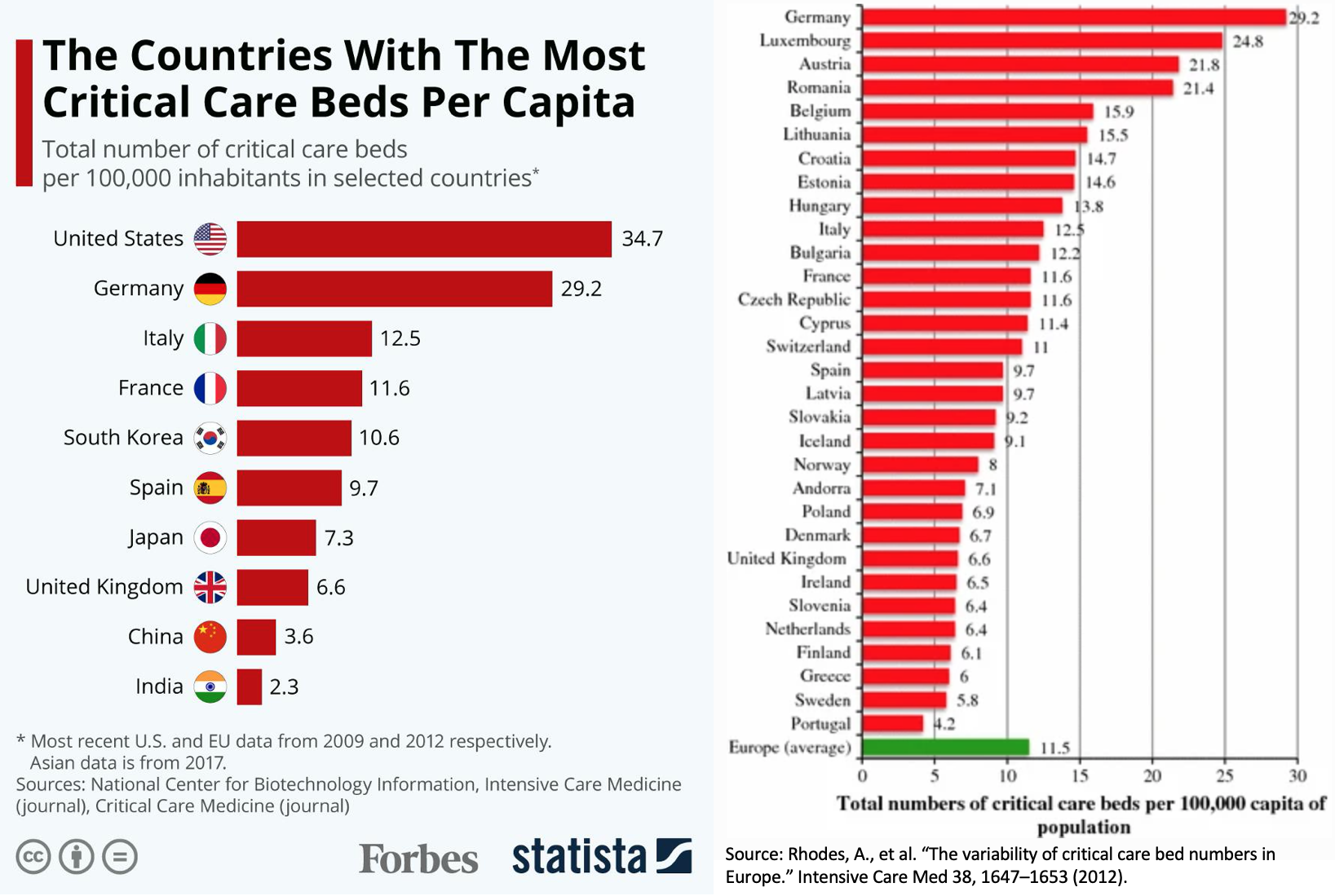It says something profoundly troubling about the times in which we live that Americans are using a genuine public health crisis to sow division, stir animosity, and score political points. But that's where we find ourselves in 2020.
There are two false narratives emerging on social media that need to be addressed. Both involve the most polarizing figure in the world, President Donald Trump.
The Coronavirus Is Not a Hoax
The first is that the coronavirus (SARS-CoV-2) is a hoax or is being grossly exaggerated in an effort to destroy Trump's presidency. His most adamant supporters use this to deflect any criticism whatsoever of the President -- from the legitimate (e.g., that the federal government appeared woefully unprepared and that the messaging from the White House has been inconsistent and inaccurate) to the patently absurd (e.g., that calling SARS-CoV-2 the "Wuhan virus" is racist).
This is plainly wrong because any virus that has killed more than 7,000 people (including 71 Americans) in the span of a few months is a public health threat that must be taken seriously. In one of the few occasions in which Twitter has been useful, Jeremy Konyndyk of the Center for Global Development explains the policy mistakes that led to, among other things, America lagging behind other nations in terms of widespread testing. Serious criticism requires serious reflection and a serious reply, not the fallback response of "fake news."
The U.S. Is Not the "Next Italy"
The second false narrative is that the United States is the "next Italy," by which people (many of whom are Trump's detractors) claim that the President's mistakes will lead to millions of infections and possibly millions of deaths. To bolster their case, they point to Italy, an advanced nation whose healthcare system was overwhelmed by patients with COVID-19. The latest figures show nearly 28,000 infections and 2,158 deaths, for a case-fatality rate of 7.7%. That's the worst in the world, even far worse than China and Iran.
So, is Italy our future? Almost certainly not. To see why, the following is a figure depicting case-fatality rates by country for those reporting at least 500 confirmed cases and one death.

Notice that most EU countries, at least so far, are handling the crisis quite well. Germany, Austria, and the Scandinavian countries have low case-fatality rates. Spain, France, and the (former EU member!) United Kingdom are doing worse. The U.S. is right in the middle. While this graph certainly raises a lot of questions, the biggest question is not, "Is the U.S. the next Italy?" but, "What is wrong with Italy?"
And we may have an answer to that question. An analysis by Andreas Backhaus shows that young people in Korea were much more likely to get infected (and hence survive) than in Italy, where a disproportionately large number of older people got infected (and hence died). We saw a microcosm of this in the Seattle area, where multiple people died in a single nursing home.
This isn't the only reason that the U.S isn't the next Italy. The U.S., by far, has more critical care (ICU) beds per capita than any other country in the world.

At 34.7 ICU beds per 100,000 people, the U.S. has nearly three times as many as Italy and almost ten times as many as China. While this doesn't guarantee a wonderful outcome, it demonstrates that the U.S. has a critical care infrastructure that surpasses that of other nations.
Hopefully, we'll get COVID-19 under control soon. In the meantime, wash your hands, stay at home if you're concerned, do what you can to prevent the elderly or immunocompromised from getting sick... and stop reading social media, particularly if it involves politics.




